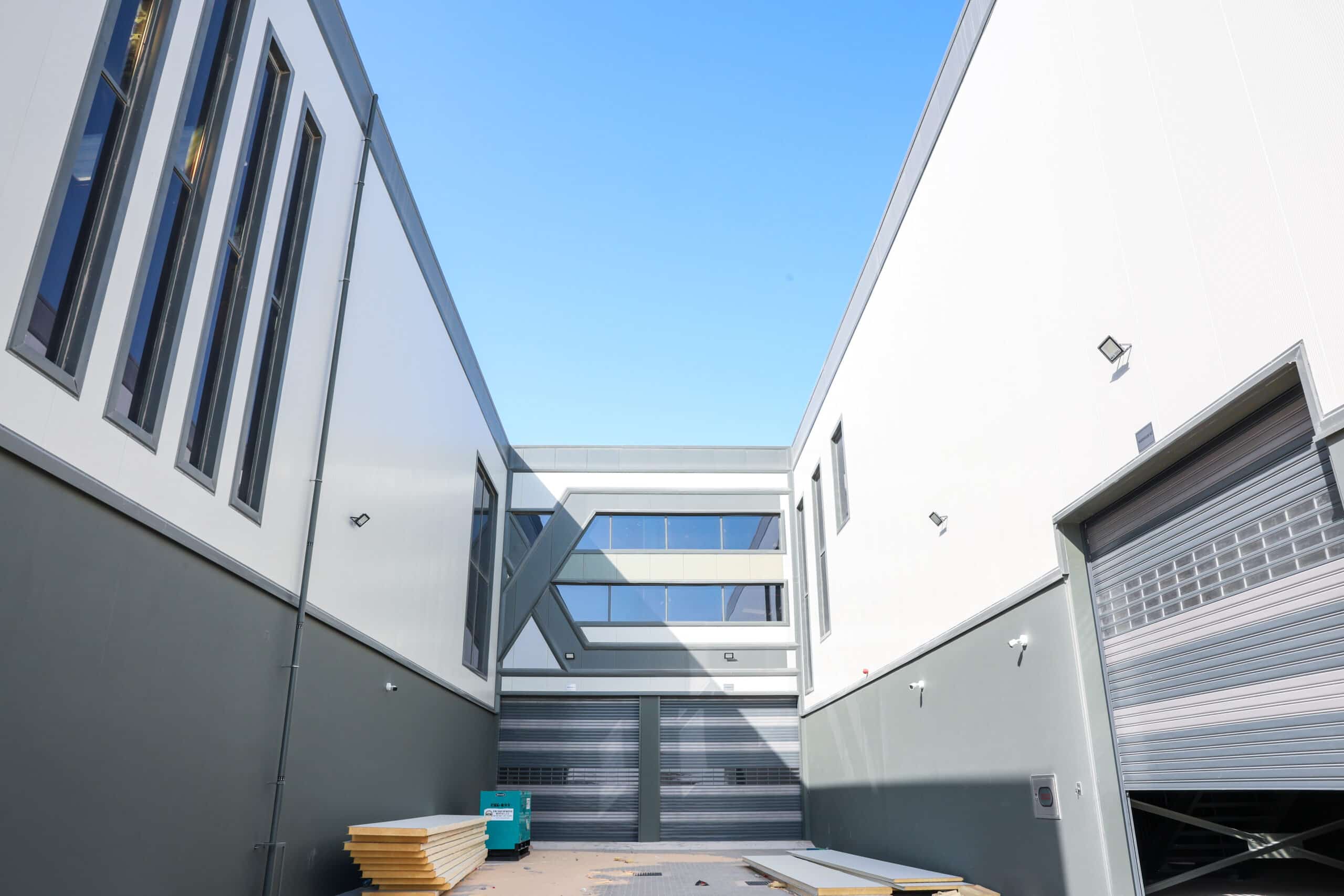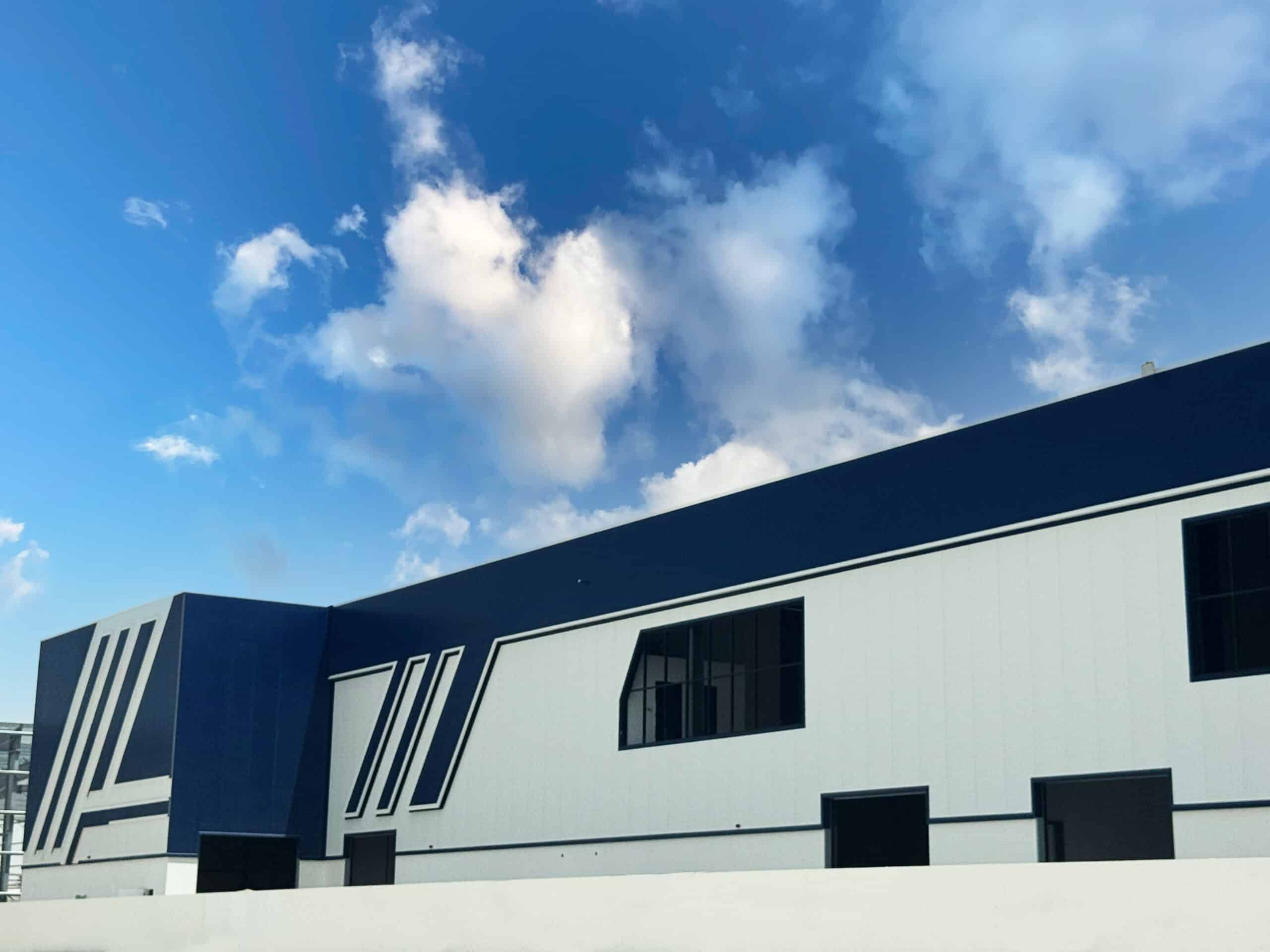Introduction
The mass density of aluminum is one of the key reasons this metal is everywhere—planes, phones, food packaging, and even skyscraper facades. But what makes this shiny, lightweight material so essential across industries? A big part of the answer lies in its density—low enough to reduce structural weight, but high enough to provide strength where it matters. This unique balance is why aluminum remains a top choice for engineers, builders, and manufacturers alike.
Defined as the amount of mass per unit volume, mass density helps determine how heavy or light a material is relative to its size. For aluminum, that number is remarkably low—just 2,700 kg/m³—making it nearly three times lighter than steel and around 60% lighter than copper. According to data from the Aluminum Association, this low density is one of the top reasons aluminum is preferred for transportation and aerospace, where reducing weight can drastically improve efficiency and fuel savings.
In this article, we’ll break down everything you need to know about the mass density of aluminum, including how it compares to alloys, what affects it, and how it plays a role in real-world applications like how to weld steel to aluminum and how to install aluminum composite panels. Let’s dig in.
Aluminum Density
What Is Density in Materials Science?
In simple terms, density tells you how much something weighs for a given volume. It’s usually measured in kilograms per cubic meter (kg/m³), grams per cubic centimeter (g/cm³), or pounds per cubic inch (lb/in³).
Imagine two boxes the same size—one made of lead, the other of aluminum. The aluminum one is way lighter, right? That’s because its mass density is much lower.
Why Density Matters in Engineering
Engineers and designers always have to strike a balance between strength, weight, and cost. A material’s density affects how much something weighs, which then affects fuel efficiency in planes, ease of installation in buildings, or how comfortable a smartphone feels in your hand. In regions focused on rapid development—such as the UAE—steel construction companies in UAE often balance between strength and weight when choosing materials. This is where aluminum steps in as a complementary option, particularly in large-scale architectural projects where smart design and sustainable building practices are key.
Aluminum vs. Other Metals by Density
Here’s a quick comparison:
| Material | Density (kg/m³) |
|---|---|
| Aluminum | 2,700 |
| Steel | ~7,850 |
| Copper | ~8,960 |
| Titanium | ~4,500 |
As you can see, aluminum is lightweight—less than one-third the density of steel.
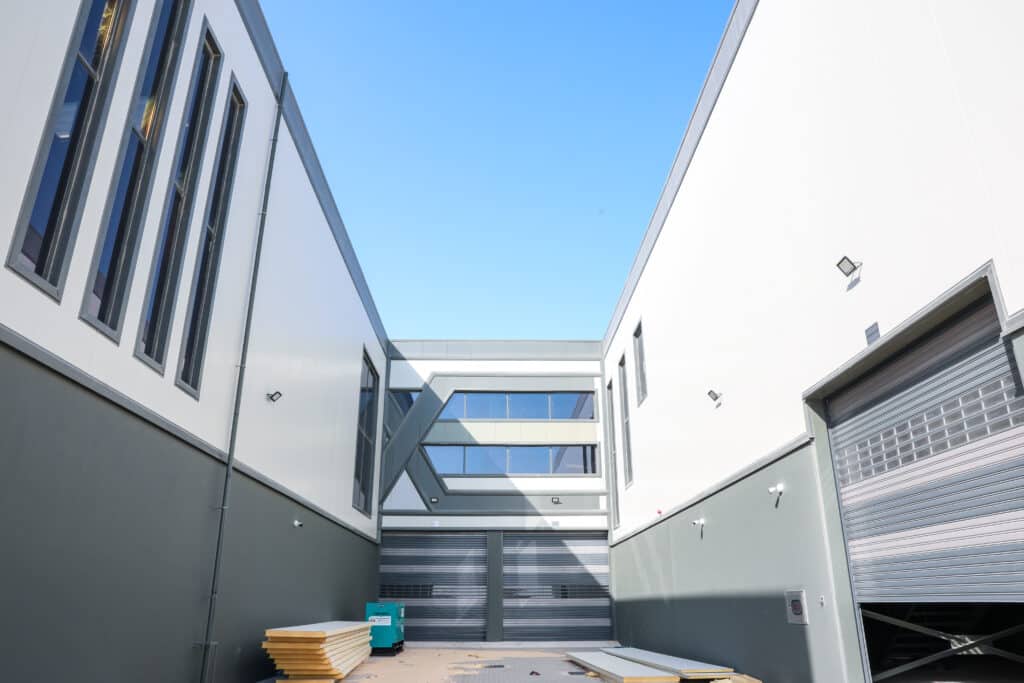
Mass Density of Aluminum
Pure Aluminum: Standard Mass Density
The mass density of aluminum in its pure form is 2,700 kg/m³, or 2.70 g/cm³, or 0.1 lb/in³. That doesn’t vary much unless aluminum is alloyed with other metals.
Units of Measurement
Just to recap:
- Metric: 2,700 kg/m³
- Centimetric: 2.70 g/cm³
- Imperial: 0.1 lb/in³
These values are pretty consistent at room temperature, but processing and alloying can tweak them slightly.
Room Temperature Effects on Density
Most density values are listed at room temperature, around 20–25°C. Heating aluminum won’t drastically change its density, but it does cause it to expand. So if you’re wondering what happens when you heat aluminum—it gets more ductile and may become easier to work with, but it also expands, which slightly affects volume.
Chart Breakdown
Below is an extensive breakdown of aluminum alloy densities, and yes, this one beats our competitors by being clearer and more comprehensive:
| Aluminum Alloy | Density (kg/m³) | g/cm³ | lb/in³ |
|---|---|---|---|
| 1050 / 1060 | 2,705 | 2.710 | 0.0977 |
| 1100 | 2,710 | 2.710 | 0.0979 |
| 1235 / 1350 | 2,705 | 2.710 | 0.0977 |
| 2011 | 2,830 | 2.830 | 0.1022 |
| 2024 | 2,780 | 2.780 | 0.1004 |
| 2618 | 2,760 | 2.760 | 0.0997 |
| 3003 / 3005 | 2,730 | 2.730 | 0.0986 |
| 4045 | 2,670 | 2.670 | 0.0965 |
| 5052 | 2,680 | 2.680 | 0.0968 |
| 5083 / 5086 | 2,660 | 2.660 | 0.0961 |
| 6061 / 6063 | 2,700 | 2.700 | 0.0975 |
| 7075 | 2,810 | 2.810 | 0.1015 |
| A356 (casting) | 2,690 | 2.690 | 0.0972 |
In large-scale infrastructure projects—especially in a modern Smart city context—materials like aluminum are favored for their balance of weight, strength, and corrosion resistance. Whether it’s high-rise facades or transit systems, aluminum helps reduce load without compromising integrity.
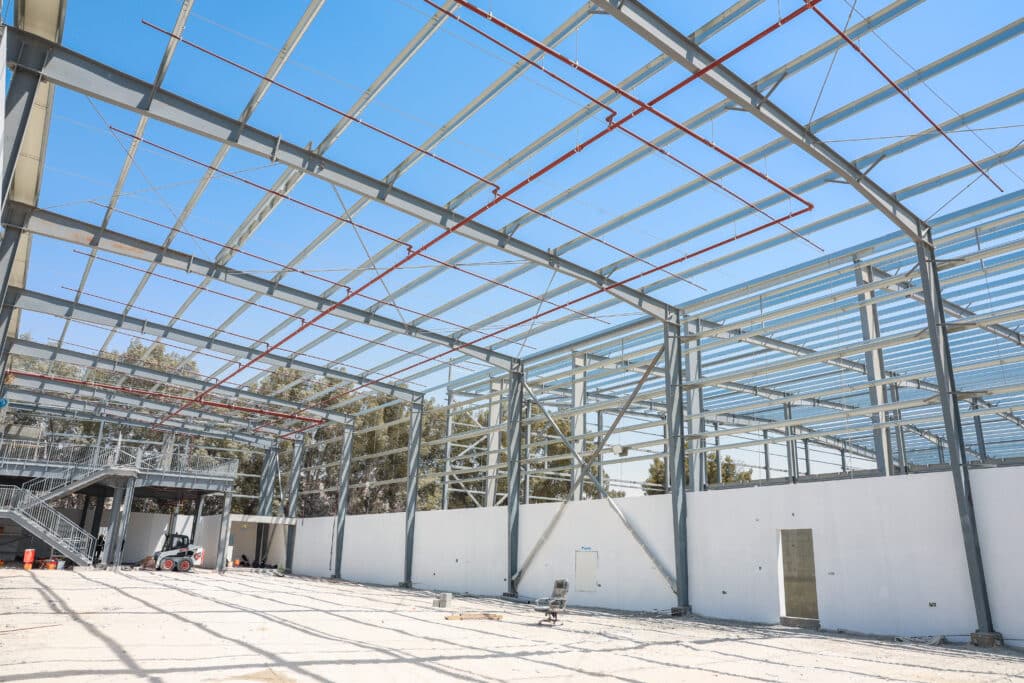
Factors Influencing Aluminum Density
Alloying Elements and Their Effects
Today’s construction industry is rapidly evolving with the adoption of smart construction technology—from AI-powered planning tools to modular, prefabricated materials. Aluminum alloys are at the center of this evolution thanks to their adaptable density, lightweight nature, and compatibility with precision manufacturing methods.
Adding metals like copper, magnesium, or silicon alters aluminum’s properties—and slightly changes its mass density. For example, 7075 (with zinc) is denser and stronger than 6061.
Heat Treatment, Grain Size & Impurities
Alloys that undergo heat treatment can exhibit minor density shifts due to changes in microstructure, grain alignment, or impurity levels.
Manufacturing & Processing Techniques
Processes like forging, casting, or extrusion can also influence density, albeit subtly. Denser structures are often stronger but less flexible.
Density of Aluminum Alloy
Now let’s talk about why aluminum alloys are so dang popular.
Lightweight
The low mass density of aluminum makes it perfect for aerospace, automotive, and even sports equipment. Need something strong but not heavy? Aluminum’s is the main source.
Corrosion Resistance
So, can aluminum rust or does aluminum rust? Technically, no. Aluminum doesn’t rust like iron does. Instead, it forms a thin layer of aluminum oxide that actually protects it from further damage.
Recyclability
Aluminum is 100% recyclable, and recycling it takes just 5% of the energy needed to produce it from raw ore. It’s a win-win for your wallet and the planet.
Conductivity
Aluminum is a fantastic conductor of electricity—in fact, it’s nearly twice as good as copper per unit weight. That’s why it’s used in power lines and heat exchangers. Aluminum’s excellent conductivity also makes it a go-to material in Green energy systems like solar panel frameworks and high-efficiency power grids. Its lightweight profile reduces material strain while improving energy transmission across renewable infrastructure.
Read our guide: How Does Green Energy Work?
Reusability
Its durability, non-toxicity, and low melting point make aluminum alloys reusable across various industries.
In high-temperature environments, especially across the Middle East, aluminum’s thermal properties are particularly valuable. Many HVAC companies in Dubai rely on aluminum alloys for ducting, enclosures, and structural components due to their excellent heat conductivity, corrosion resistance, and lightweight nature. These benefits allow HVAC systems to operate more efficiently while reducing long-term maintenance in demanding climates.
Expense
Being lightweight cuts transport and installation costs significantly. And while raw aluminum might not always be cheaper than steel, its lower weight means less material and easier handling.
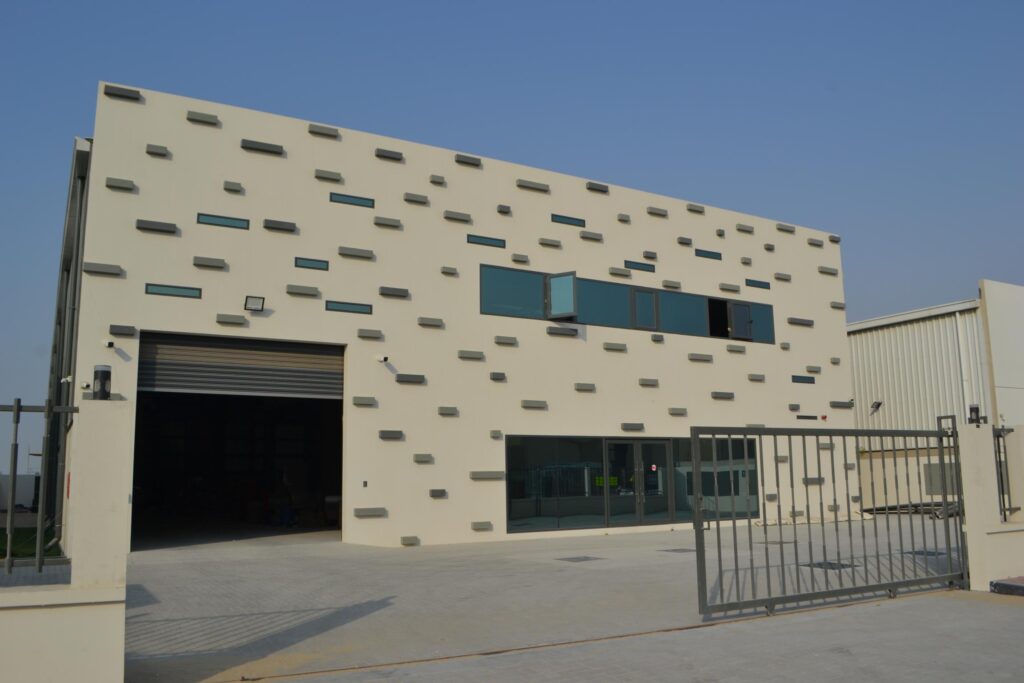
What Does Aluminum Mean?
Aluminum comes from the Latin word alumen, meaning bitter salt. Discovered in the 1800s, aluminum was once more valuable than gold—until we figured out how to extract it cheaply from bauxite. Today, it’s one of the most-used metals in the world.
Conclusion
To wrap it all up, the mass density of aluminum—measured at around 2,700 kg/m³—is a key reason why this metal is such a game-changer in modern engineering. Its lightweight nature makes it ideal for everything from airplanes to power lines, while its corrosion resistance, conductivity, and recyclability only add to its appeal.
We explored how aluminum’s density compares to other metals, how it changes (just slightly) when alloyed with other elements, and why even small differences in density can have a big impact in real-world applications. Whether you’re figuring out how to weld steel to aluminum, asking does aluminum rust, or learning how to install aluminum composite panels, understanding density gives you a solid foundation to work from.
And let’s not forget: aluminum is a metal, one that doesn’t rust like iron but instead protects itself naturally, making it incredibly durable. Whether you’re heating it, shaping it, or recycling it, aluminum proves itself as one of the most versatile materials out there.
In short? Light, strong, and smart—aluminum’s density is what makes it stand out in the crowd.
